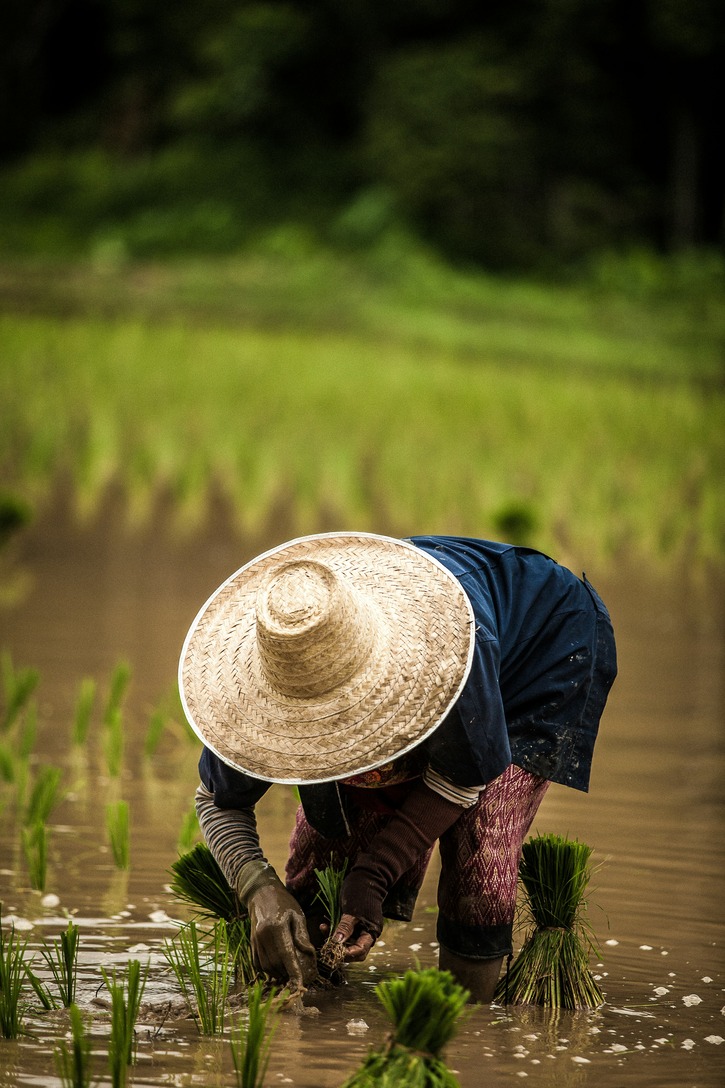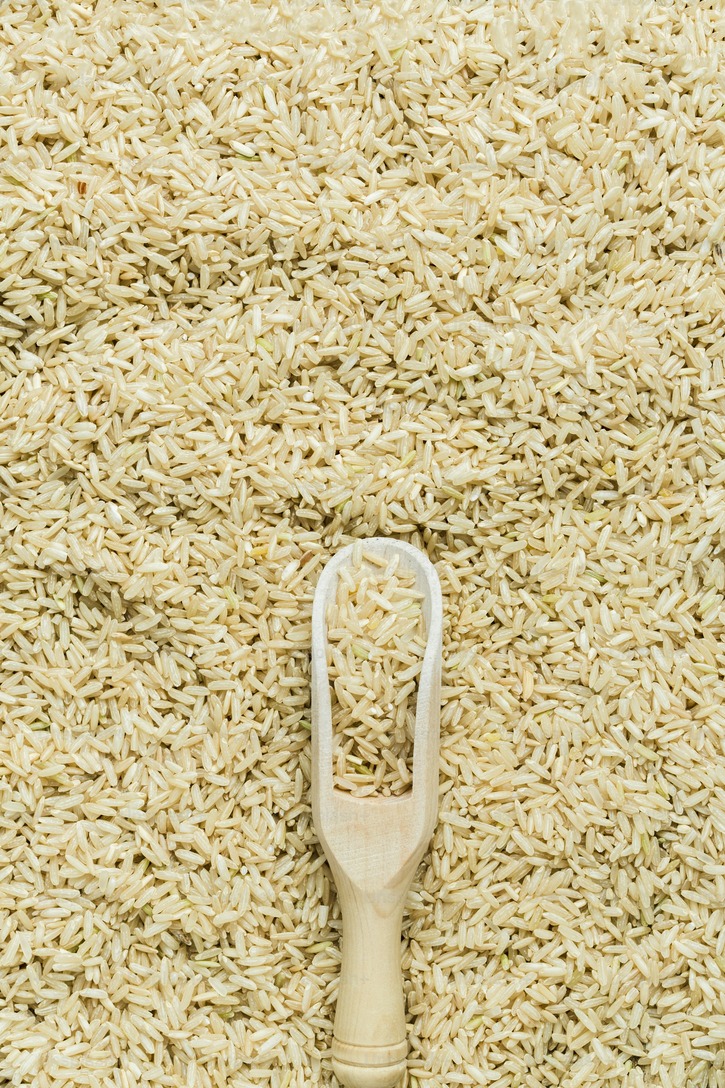Effect on India Rice Export Due to Red Sea Attacks
28 Mar, 2024
Global trade has faced unprecedented challenges in recent months, with the agricultural sector having a significant impact. Among these challenges, the attacks in the Red Sea have emerged as a critical concern, particularly for the rice world production and export industry. India, a top rice exporter, mainly basmati rice export, is at the centre of this crisis. This situation has implications for global rice shortage and world rice shortage, affecting countries worldwide that depend on India for their rice supply. This article explores the effects of these attacks on India's rice export and the broader implications for global markets.
The Impact on India's Rice Export
- The Immediate Fallout
The attacks in the Red Sea have posed significant logistical and security challenges for shipping routes crucial for rice export news. This disruption has led to delays and increased shipping costs, directly impacting basmati exports from India and other rice varieties. The immediate fallout is a decrease in India's reliability as a rice supplier, potentially leading to a global rice shortage.
- Rising Costs and Pricing Pressures
Increased shipping costs due to rerouted shipments and enhanced security measures have led to higher prices for Indian rice on the global market. This situation exacerbates the world rice shortage, making it difficult for importing countries to manage their food security concerns affordably.
Broader Implications for Global Markets
- Threat to Food Security
The global rice shortage resulting from disrupted rice world production and export channels threatens food security in many countries. Rice is a staple food for over half the world's population, and any significant disruption in its supply can have far-reaching consequences.
- Impact on Global Prices
The world rice shortage can potentially drive up rice prices globally, affecting not just the importers of Indian rice but also countries that rely on other suppliers. The interconnectedness of global markets means that price increases in one part of the world can ripple through to others, impacting global food inflation.

Overcoming Challenges
- Diversification of Supply Channels
One potential strategy to mitigate the impact of the attacks in the Red Sea is to diversify supply channels. Exploring alternative shipping routes and sources of rice can help stabilize rice export news and supply.
- Technological and Strategic Solutions
Investing in technology to improve supply chain resilience and adopting strategic stockpiling practices can also help countries better manage the risks associated with a global rice shortage.
How Do the Attacks in the Red Sea Affect Global Rice Production?
- Disruption of Supply Chains: The attacks in the Red Sea have led to significant disruptions in the shipping routes critical for rice world production, causing delays and uncertainties in the global rice supply.
- Increased Costs for Exporters: These attacks have escalated security and insurance costs for shippers, directly affecting the price of basmati rice export and other varieties from India contributing to a global rice shortage.
- Impact on Basmati Export from India: These disruptions could affect the premium market segment, specifically basmati rice export, where timely delivery and product quality are paramount.
- Alternatives and Adaptations: In response, exporters and countries might seek alternative routes or methods, potentially affecting rice export news with new agreements or diplomatic efforts to ensure security and continuity of trade.
What Are the Global Implications of a Rice Shortage?
- Food Security Concerns: A world rice shortage could exacerbate food insecurity in vulnerable regions where rice is a staple diet for millions.
- Price Volatility: Shortages typically lead to price increases, making rice less affordable for consumers worldwide and escalating the issue of global rice shortage.
- Shifts in Trade Dynamics: Countries might seek new trading partners or increase their rice world production capacities, altering the traditional rice export news landscape.
- Innovation in Agriculture: The shortage might accelerate investment in agricultural technologies to increase yield and efficiency in rice world production, aiming to mitigate future shortages.
Read more: The white staple is high in demand
How Can Stakeholders Mitigate the Impact of These Challenges?
- Diversifying Sources: Importing countries could diversify their sources of rice to reduce dependency on basmati export from India and other affected exporters.
- Strategic Reserves: Building and maintaining strategic rice reserves can help buffer against short-term disruptions in world rice shortage, ensuring a steady supply.
- Technological Investments: Investing in technology to enhance rice world production efficiency and resilience, from precision farming to supply chain management tools, can mitigate the effects of global rice shortage.
- International Cooperation: Strengthening international cooperation and dialogue can lead to more coordinated responses to crises affecting rice export news, including diplomatic efforts to ensure the security of critical maritime routes.
The Trade Vision, as a reputed EXIM data provider, offers invaluable insights and analytics that can help businesses navigate the complexities of global trade, especially in times of uncertainty like the attacks in the Red Sea.

How Can the International Community Support Affected Countries?
- Financial Aid and Technical Support: Financial aid and technical assistance to enhance rice world production capabilities in affected regions can help mitigate the impact of global rice shortage.
- Trade Agreements: Facilitating new trade agreements or relaxing existing ones can help ensure a steady flow of rice and other essential goods, countering the effects of the world rice shortage.
- Research and Development: Supporting research into more resilient rice strains and more efficient farming practices can increase productivity and sustainability, benefiting basmati export from India and global rice production.
What Lessons Can Be Learned from This Crisis?
- Importance of Supply Chain Diversification: This crisis highlights the critical need for countries to diversify their supply chains to reduce vulnerability to global rice shortage.
- Resilience Building: Developing more resilient infrastructure and logistics capabilities is essential to withstand disruptions like the attacks in Red Sea.
- Cooperation Over Competition: The rice export news underscores the importance of international collaboration over competition, encouraging collective efforts to address food security challenges.
Looking Ahead with The Trade Vision
As the situation evolves, platforms like The Trade Vision offer valuable insights and forecasts for the rice world production and basmati export from India. By analyzing market trends and geopolitical developments, The Trade Vision guides businesses through the complexities of international trade in these turbulent times.
The attacks in the Red Sea present a significant challenge to India's rice export and the broader issue of global rice shortage. By understanding these impacts and exploring solutions, stakeholders can work towards minimizing disruption and ensuring food security for populations worldwide.
FAQs:
Q1. What can consumers do to mitigate the impact of a rice shortage?
Ans: Consumers can contribute by diversifying their diets and reducing waste, thereby lessening the demand pressure on rice supplies.
Q2. How long will the impact of the Red Sea attacks last?
Ans: The impact duration is still being determined and will depend on the resolution of security issues and the ability of trade routes to adapt to new challenges.
Q3. What impact do logistics and transportation have on rice availability?
Ans: Logistics and transportation are crucial for running rice world production and distribution. Disruptions in shipping routes, like the attacks in the Red Sea, can significantly impact basmati export from India and the overall global supply chain, leading to delays and increased costs.






